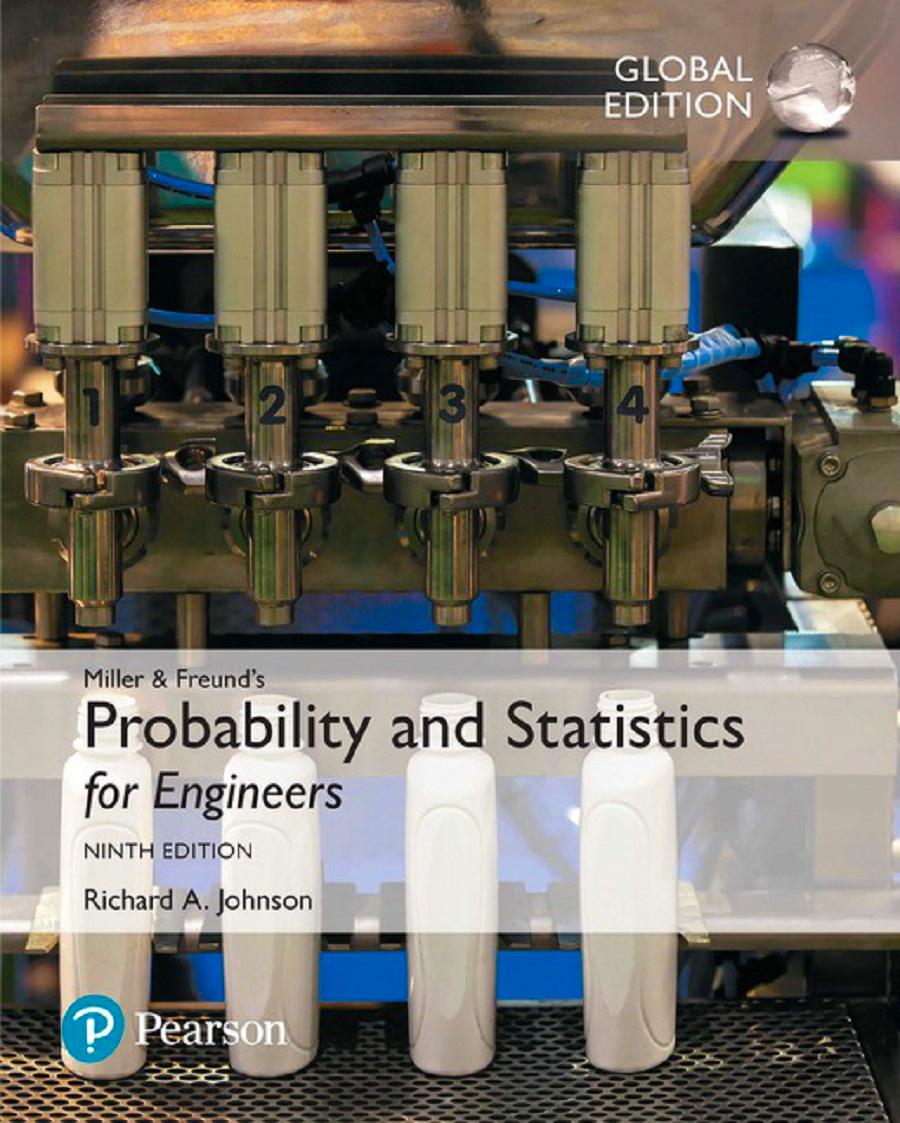Consider two independent standard normal variables whose joint probability density is [frac{1}{2 pi} e^{-left(z_{1}^{2}+z_{2}^{2} ight) / 2}]
Question:
Consider two independent standard normal variables whose joint probability density is
\[\frac{1}{2 \pi} e^{-\left(z_{1}^{2}+z_{2}^{2}\right) / 2}\]
Under a change to polar coordinates, \(z_{1}=\) \(r \cos (\theta), z_{2}=r \sin (\theta)\), we have \(r^{2}=z_{1}^{2}+z_{2}^{2}\) and \(d z_{1} d z_{2}=r d r d \theta\), so the joint density of \(r\) and \(\theta\) is
\[r e^{-r^{2} / 2} \frac{1}{2 \pi}, \quad 0<\theta<2 \pi, r>0\]
Show that
(a) \(r\) and \(\theta\) are independent and that \(\theta\) has a uniform distribution on the interval from 0 to \(2 \pi\);
(b) \(u_{1}=\theta / 2 \pi\) and \(u_{2}=1-e^{-r^{2} / 2}\) have independent uniform distributions;
(c) the relations between \(\left(u_{1}, u_{2}\right)\) and \(\left(z_{1}, z_{2}\right)\) on page 185 hold [note that \(1-u_{2}\) also has a uniform distribution, so \(\ln \left(u_{2}\right)\) can be used in place of \(\ln \left(1-u_{2}\right)\) ].
Step by Step Answer:

Probability And Statistics For Engineers
ISBN: 9780134435688
9th Global Edition
Authors: Richard Johnson, Irwin Miller, John Freund





